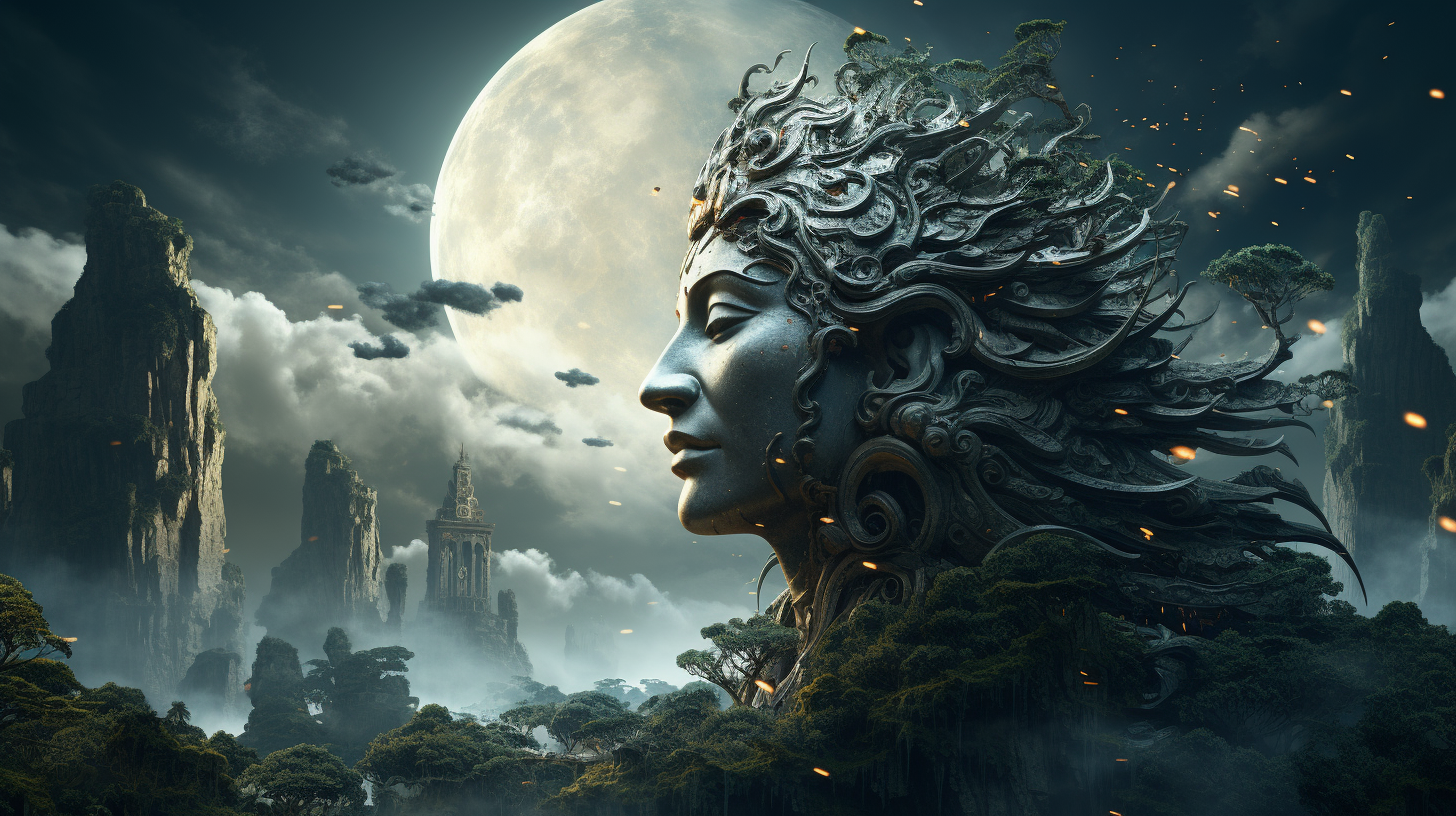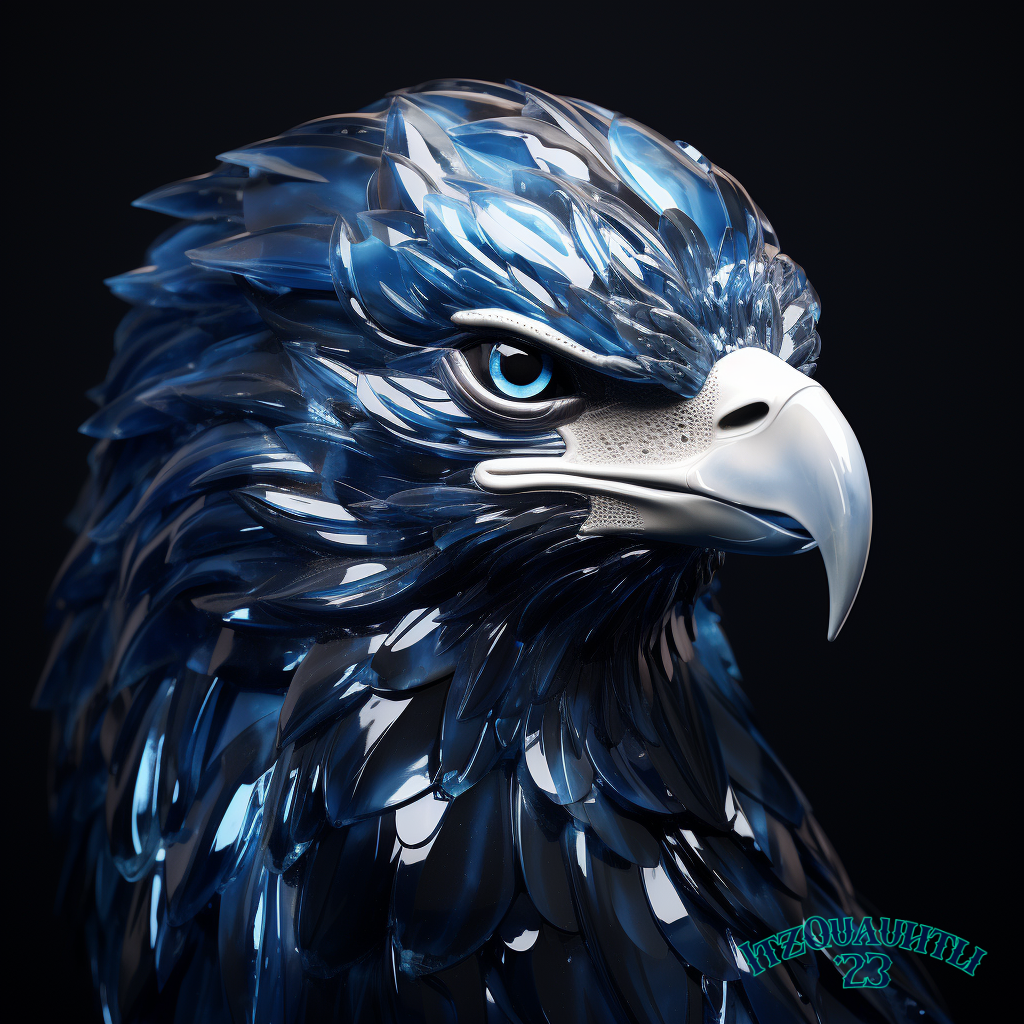
Create an Account
Create an account for powerful AI tools, award-winning courses, and access to our vibrant community.
Already have an account?


Earned for completing the AI Certification course.
Learn MoreDiscover the origins, key figures, and defining characteristics of the avant-garde literary movement known as 'antipoetry'.
Antipoetry, an avant-garde poetic movement that emerged in the 20th century, challenges traditional notions of poetry and aims to subvert established norms. This article will delve into the main proponents of antipoetry and highlight its distinctive characteristics.
Let's proceed by giving credit to those who were responsible for initiating this antipoetic backlash and also delving further into what distinguishes Antipoetry from traditional forms.
Chile can rightfully be considered ground zero for Antipoetry, since its primary proponents were no other than:
Antipoetry challenges the notion of what poetry should be, and instead embraces elements of the mundane, the everyday, and the seemingly unpoetic. It sometimes seeks to break free from the constraints of rhyme, meter, and form, and instead focuses on expressing raw and authentic emotions.
The emergence of antipoetry can be traced back to the mid-20th century, a time when poetry was often associated with high art and intellectual elitism. In many ways, antipoetry can be seen as a reaction against this perceived exclusivity and pretentiousness. It emerged as a response to the alienation and disconnect between poetry and the common people, seeking to make poetry more accessible and relatable to a wider audience.
Another point to consider is the role of humor in antipoetry. Antipoets often employ satire, irony, and dark humor to challenge societal norms and explore taboo subjects. This element of light-heartedness and playfulness adds a unique dimension to antipoetry and contributes to its subversive nature.
Following hot in the footsteps of Nicanor Parra, Obsidian Eagle (pen-name) has sought to translate not merely the Spanish words but rather the spirit of Anti-Poetry into the English language. Apropos, Obsidian Eagle has dubbed his variation 'la poésie sans poète', since it divests verse from any first-person pronouns like I, Me, My, and Mine.
Obsidian Eagle's Anti-Poems are frequently topical and relate to themes other than the writer's personal life. Such pieces can come across didactic because their focus is cerebral as opposed to sentimental. These practices run contrary to the predominant modes of contemporary poetics.
Sources:

Want to have Obsidian Eagle's latest posts delivered to your inbox?
Share Post